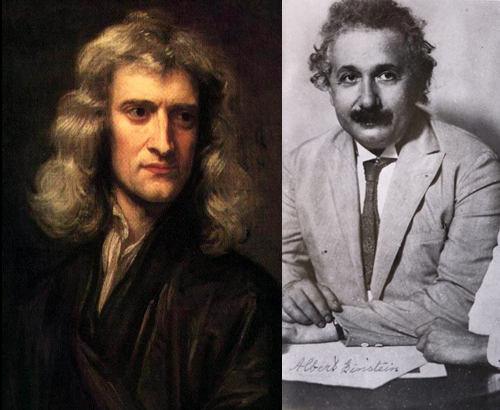Since the dawn of the twentieth-century, scientists have systematically shattered the mechanistic universe- and made room among the black holes for ESP, PK,mindons, psitrons, and ghosts…
…The myth of scientific materialism rests in a historical context. In a sense it is the last reverberation of the nineteenth-century. One need not expatiate on how its Promethean optimism fed, and was duly fed by, the mystique of capitalism. Even Marxists took it as writ. The advance of science was a paradigm of destiny: knowledge growing exponentially within a limited field. Not all its limits were known, but they existed; in the predictable future knowledge would fill them all, and the cosmic machine, fueled and steered by the immutable laes of physics, would stand wholly exposed to the light of reason.

—One of the most haunting of Bruegel’s images, Big Fish Eat Little Fish is among the first of the artist’s many treatments of proverbs in paintings or prints. The image reveals many small and large fish tumbling out of the mouth of an enormous beached fish. A small, helmeted figure with an oversized knife slices open the big fish’s belly, revealing even more marine creatures. Land, air, and water seem to be overrun by an odd assortment of real and fantastic fish, while in the foreground a man, accompanied by his son, gestures toward the scene.—Read More:http://www.metmuseum.org/toah/works-of-art/17.3.859
The erratic “ghost” of mind would be chased from the circuitry of that flesh-and-blood computer called the brain just as inexorably as the phantom of god had been expelled from the indifferently rotating galaxies. “From now on,” declared a celebrated French chemist named Marcellin Berthelot in 1887, “there is no mystery about the universe.”
It seemed that, in J.D. Bernal’s words, “the heritage of Newton had been fulfilled.” Matter existed in time and in space; the movement of all the heavens was predictable because mechanical: the whole apparatus as orderly as a clock, propelled by the force of gravity, a machine worthy of the divine mechanic. The odd phenomena that did not fit into this picture would be explained in due course by the familiar methods of scientific investigation.

—Sir Isaac Newton (1643–1727, left) developed the universal law of gravitation, published in his manuscript Philosophiae Naturalis Principia Mathematica. Albert Einstein (1879–1955, right) created the theory of general relativity. Einstein’s general relativity is the best theory of gravity we have, describing phenomena ranging from black holes to the gravitational time delay affecting clocks on GPS satellites. Einstein’s theory is equivalent to Newton’s universal law of gravitation applied to the everyday situations Newton used as examples in developing his theory.—Read More:http://www.learner.org/courses/physics/visual/visual.html?shortname=newton_einstein
Like a star solidified by its own gravity, science had achieved a unitary and coherent shape. Chemistry had rescued matter from the mumbo jumbo and transmutations of alchemy; from now on there would be a fixed number of elements, each separate from the others.
In defining the laws of electromagnetism, the Marquis de Laplace had described the mechanism of particles whose entire past and future could be extrapolated from lawfully bound relationships. Separate disciplines converged and light, magnetism and electricity were joined in one “grand electromagnetic theory.” Linear time combined with mechanistic matter to breed a certain cosmic pessimism: the universal clock had no choice but to run down- but that was not in the realm of human affairs. ( to be continued)…





 COMMENTS
COMMENTS